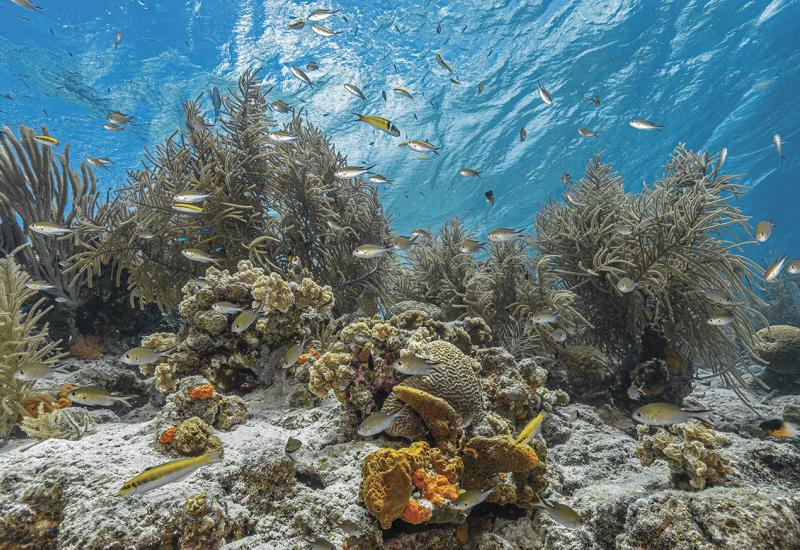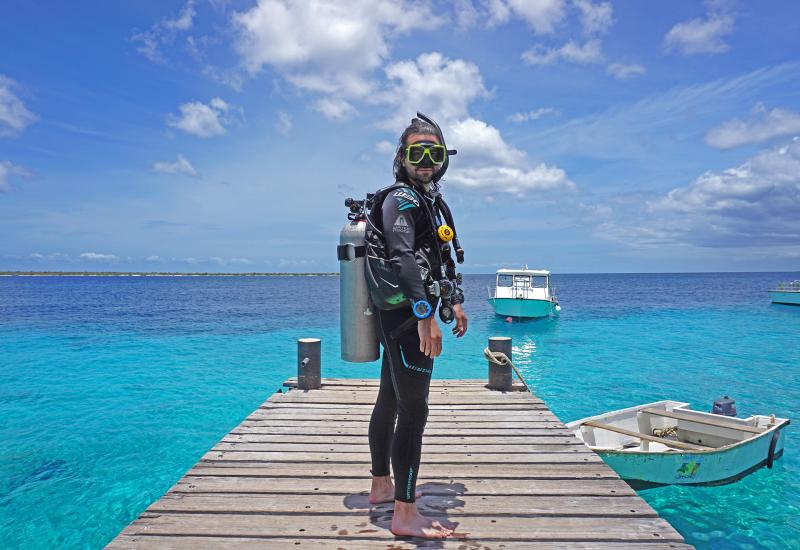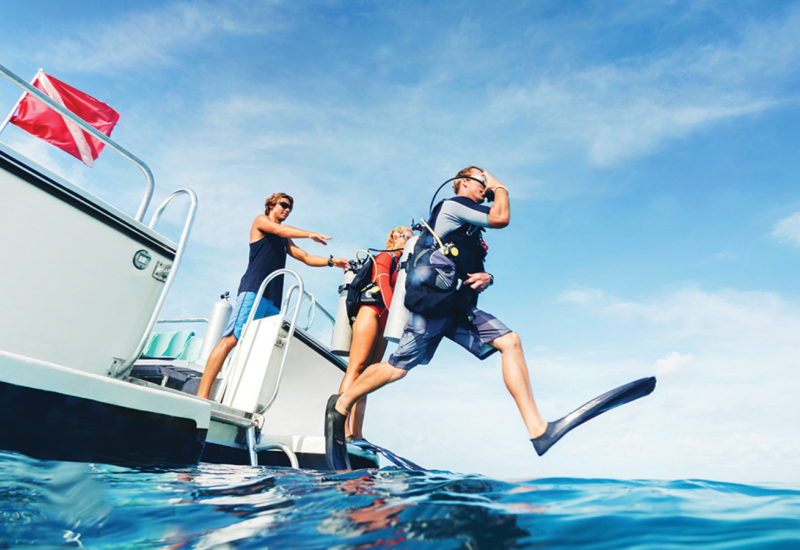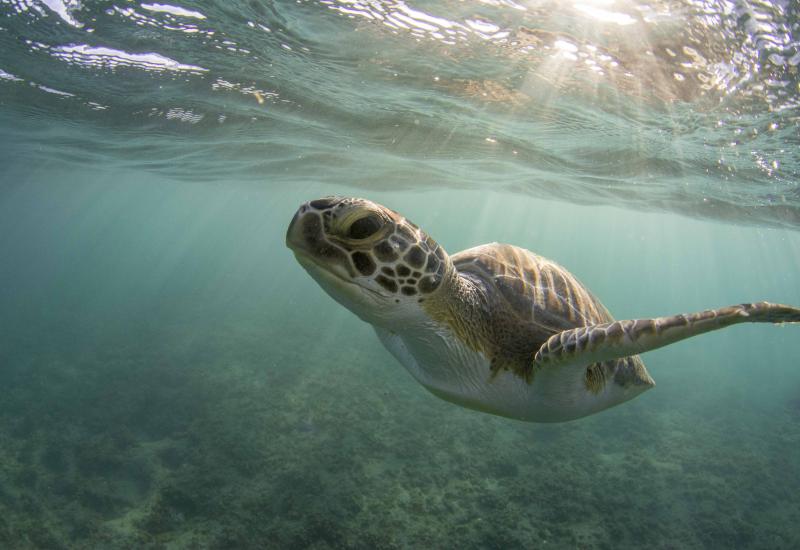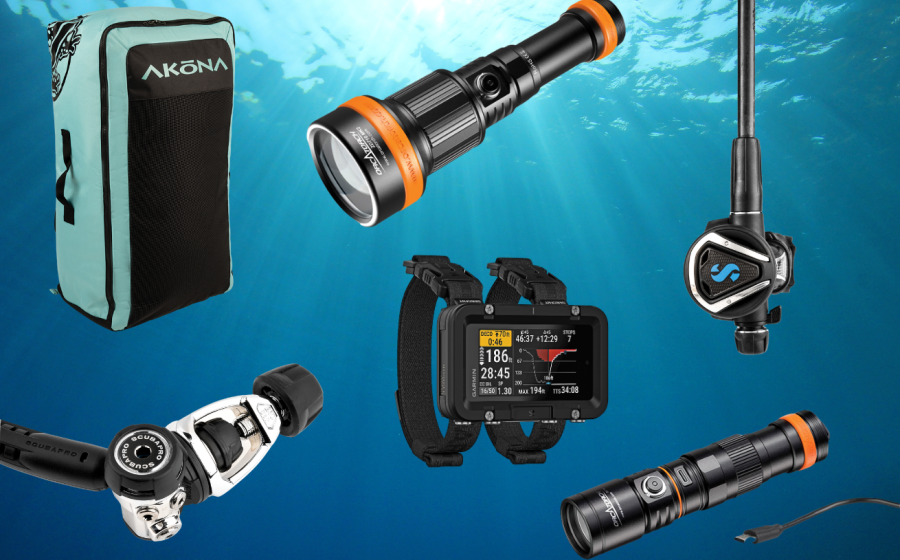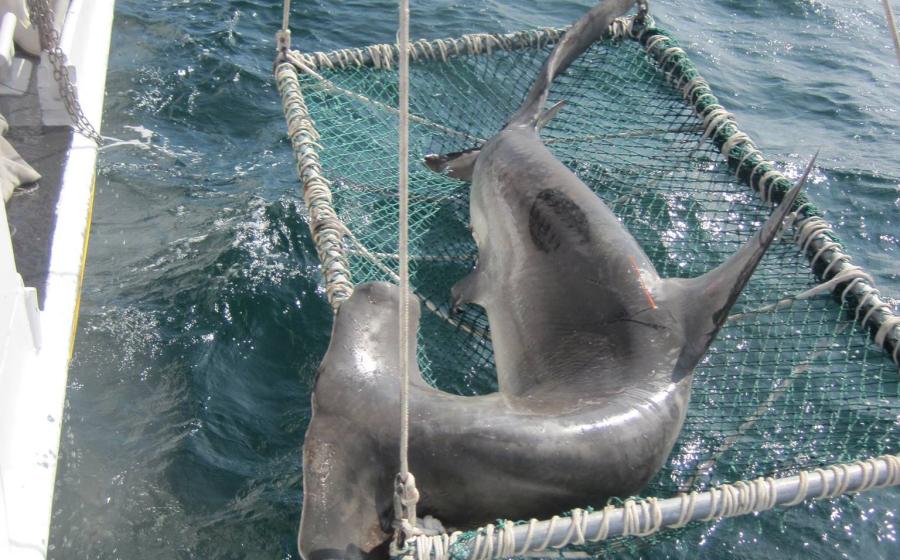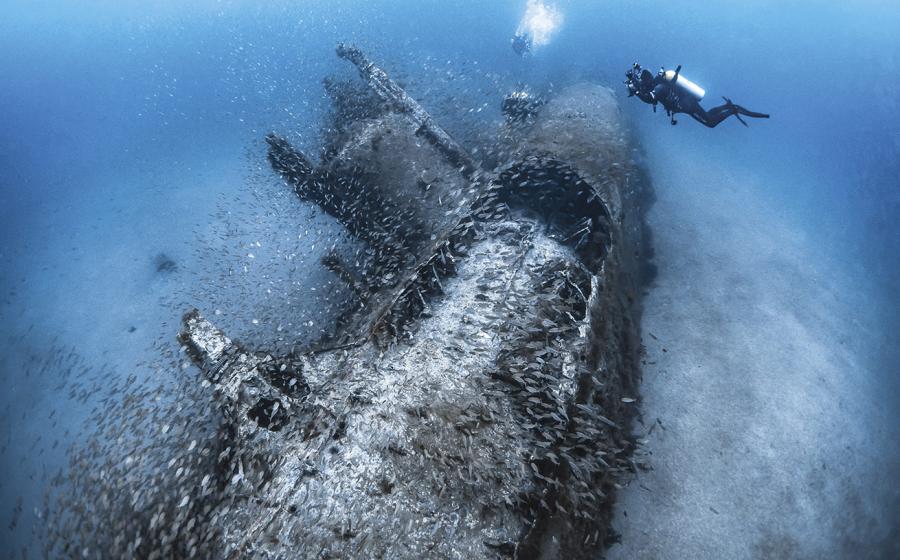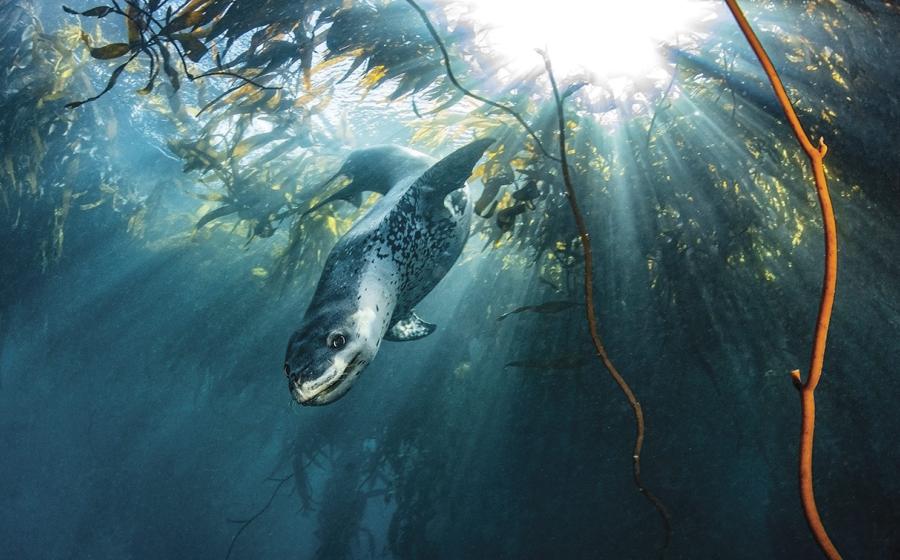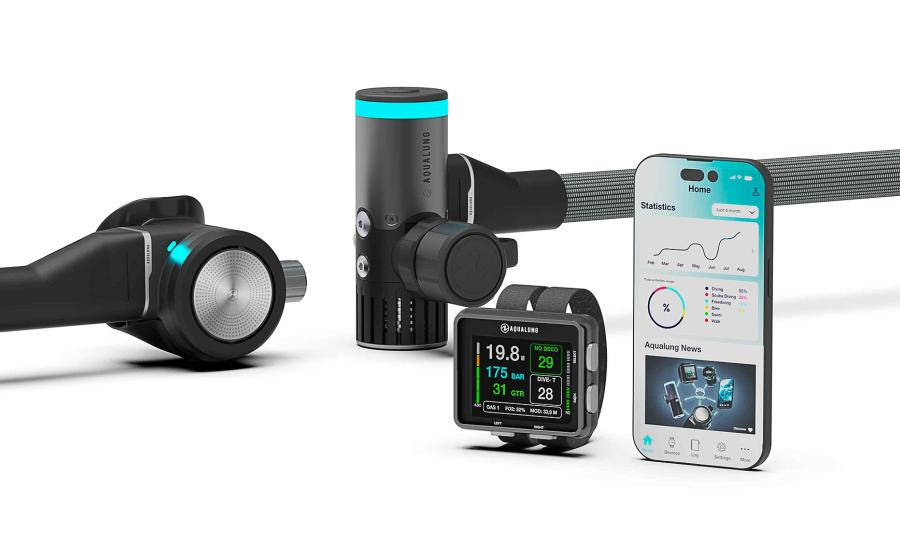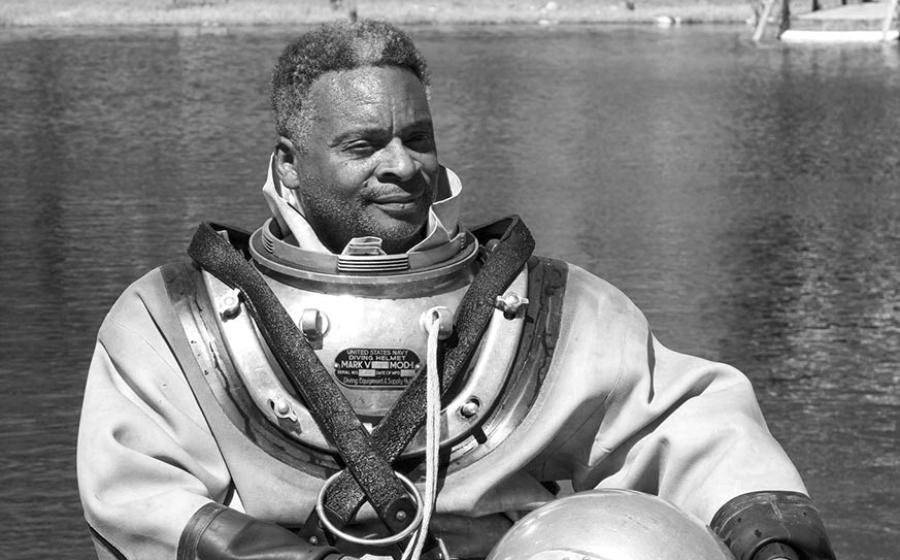How to Handle Bad Diver Behavior Underwater
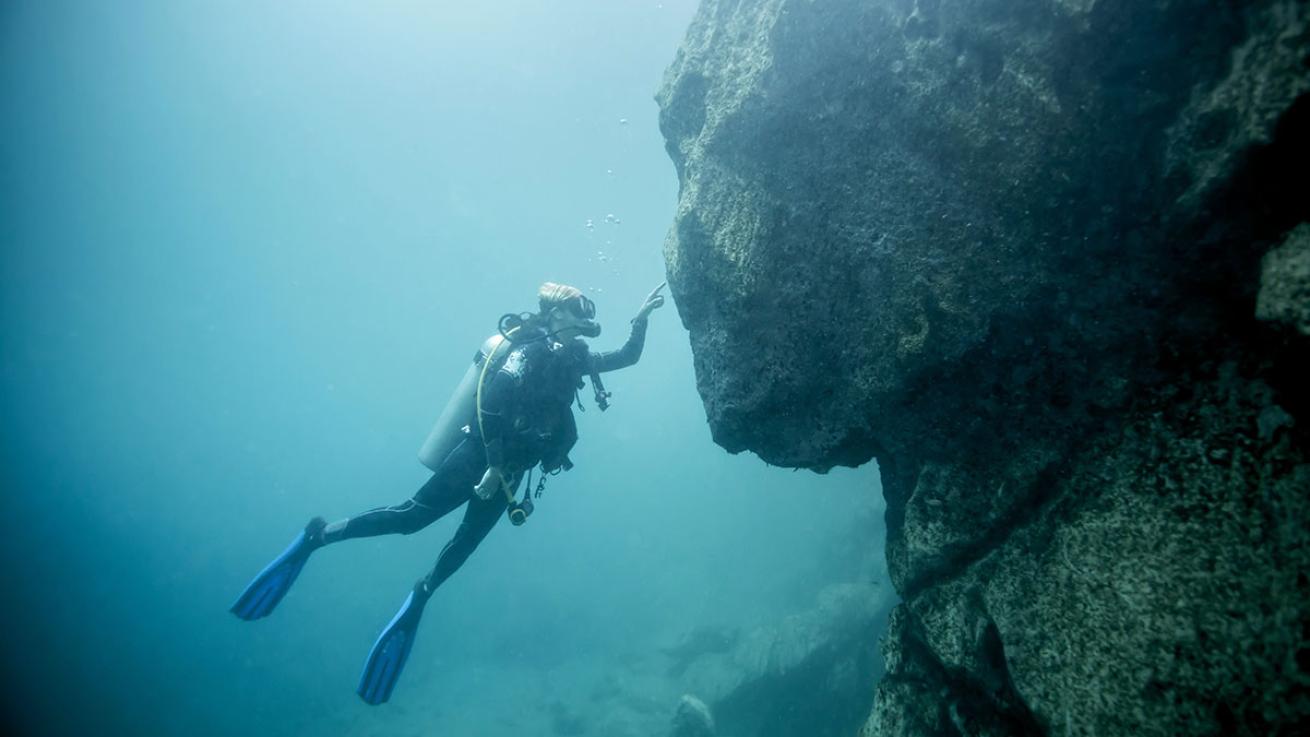
ShutterstockThis should go without saying: always look, don't touch.
It was the dive of a lifetime. I was in southern Belize, invited to be part of a press trip by the country's tourism department. We didn't know each other, but the divers in the group were excited that the itinerary included a trip to Gladden Spit. I was assigned a buddy who was a stranger, but I knew from chatting with her that she was an experienced diver. The briefing outlined the strict rules governing whale-shark encounters in the reserve — one of them was that we needed to stay at 60 feet, to allow the aggregation of snapper below to continue their spawning event (which is what attracts whale sharks), uninterrupted by noise-making scuba divers. Our divemaster had located the snapper, a massive school that looked like an underwater river, roughly at 130 feet. We could see fish jumping up, a signal that the spawning event was about to begin.
Within 10 minutes, four juvenile whale sharks emerged from the depths, drawn to our exhalation bubbles — mistaking them for the snappers' eggs and sperm. Suddenly, an adult whale shark about 35 feet long appeared below us, at about 120 feet. Before anyone was able to react, my buddy took off like a speeding bullet to get closer to it. Our divemaster clanged his tank-banger repeatedly, but to no avail. When it was clear she was going to continue to ignore him, he turned to us, signaled for us to wait where we were, and took off after her. We watched as he grabbed her, forcefully leading her back to the group.
Back on the boat, she tried to defend her behavior, but we all told her that not only had she almost ruined the encounter by disturbing both the snapper and the whale sharks, she had done something that put us all in danger. Our divemaster "grounded" her, and she did not make the next dive with us.
We scuba divers see a lot of beautiful, exciting and wonderful things underwater. But we also witness scuba divers who don’t respect the marine environment, are rude to other divers or ignore safe-diving rules. What’s the best way to handle addressing these situations? Here’s how to handle seven common issues in a nonverbal way.
1. The Coral Killer
When you see destructive behavior on a coral reef, even when it’s accidental, point it out with a hand signal. For example, if your buddy’s fin tips or SPG is dragging on the reef. Use your hand, palm facing up, and raise it up to signal them to rise up a few feet. Take a moment to help them streamline their gear by clipping off their SPG.
2. The Fish Handler
Are you diving with someone who touches or prods animals so they can get a better look at them or photograph them easier? Waggle your index finger and shake your head to signal that their behavior is a no-no.
3. The Photo Bomber
You’re trying to photograph a sea turtle and your buddy is in the frame. If you want a model in the background, great, but if you don’t, politely signal for him to move away. Point your finger at him, and then move it in the direction that will remove him from the shot.
4. The Photo Hog
When an underwater photographer finds something so unique that everyone would like to see or photograph it, but he’s taking shot after shot, while divers have piled up like commuters during rush hour, gently tap him on the shoulder and point to the rest of the group. Hopefully, he will get the message.
5. The Bad-Boy Photographer
Some creatures are extremely sensitive to flash or to having a diver in their “space.” If you think a photographer is being insensitive to the animal, use the stop hand signal and shake your head "no." Generally used to get divers to stop moving in the direction they’ve been going, use it in this instance to stop bad behavior.
6. The Too-Close Buddy
Is your buddy crashing into you during the dive? You may have to move away, get his attention, bring both your palms of your hands together and then widen them to indicate “more space, please.”
7. The Same Ocean, Same Day Dive Buddy
Basically, you don’t have a dive buddy when they don't stay close to you or check in with you periodically. You will have to follow them. But don't follow them if they're being unsafe, as my buddy was during my Belize whale-shark encounter.
In general, if you are having trouble getting someone’s attention, use a tank banger and then signal to them. If you find they don’t understand your signal, use your slate to communicate.
Still seeing the bad behavior despite your efforts to correct it? Back on the boat, quietly talk to them about it. If your buddy deliberately ignores any rule of diving, tell them once you're back on the surface that you will no longer be their buddy. It's that simple. If you think it won’t be received well or you’re not comfortable, ask the divemaster to handle the situation. In many cases — such as my whale-shark dive — the divemaster will have noticed the behavior and will handle the policing without being asked.

